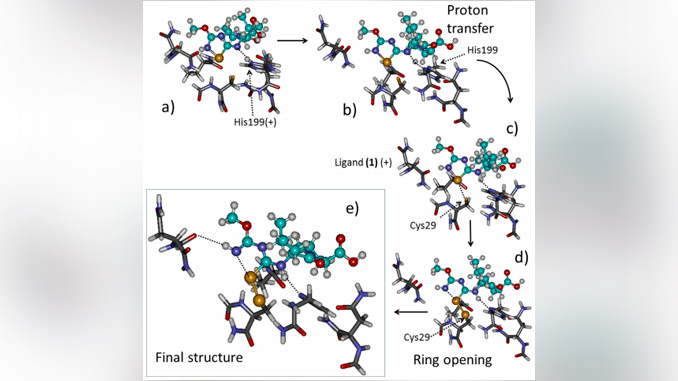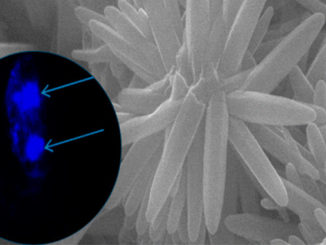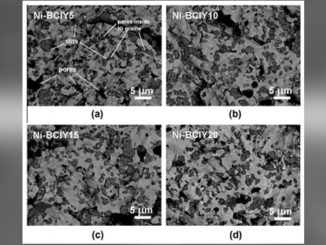
Writers: Mauricio Angel Vega-Teijido, Sarah El Chamy Maluf, Camila Ramalho Bonturi, Julio Ricardo Sambrano, Oscar N. Ventura
Keywords: Cysteine protease; Cathepsin; Thiadiazole; Docking; Quantum chemistry
Abstract: Several cellular disorders have been related to the overexpression of the cysteine protease cathepsin B (CatB), such as rheumatic arthritis, muscular dystrophy, osteoporosis, Alzheimer’s disease, and tumor metastasis. Therefore, inhibiting CatB may be a way to control unregulated cellular functions and prevent tissue malformations. The inhibitory action of 1,2,4-thiadiazole (TDZ) derivatives has been associated in the literature with their ability to form disulfide bridges with the catalytic cysteine of CatB. In this work, we present molecular modeling and docking studies of a series of eight 1,2,4-thiadiazole compounds. Substitutions at two positions (3 and 5) on the 1,2,4-thiadiazole ring were analyzed, and the docking scores were correlated to experimental data. A correlation was found with the sequence of scores of four related compounds with different substituents at position 5. No correlation was observed for changes at position 3. In addition, quantum chemistry calculations were performed on smaller molecular models to study the mechanism of inhibition of TDZ at the active site of CatB. All possible protonation states of the ligand and the active site residues were assessed. The tautomeric form in which the proton is located on N2 was identified as the species that has the structural and energetic characteristics that would allow the ring opening of 1,2,4-thiadiazole.




